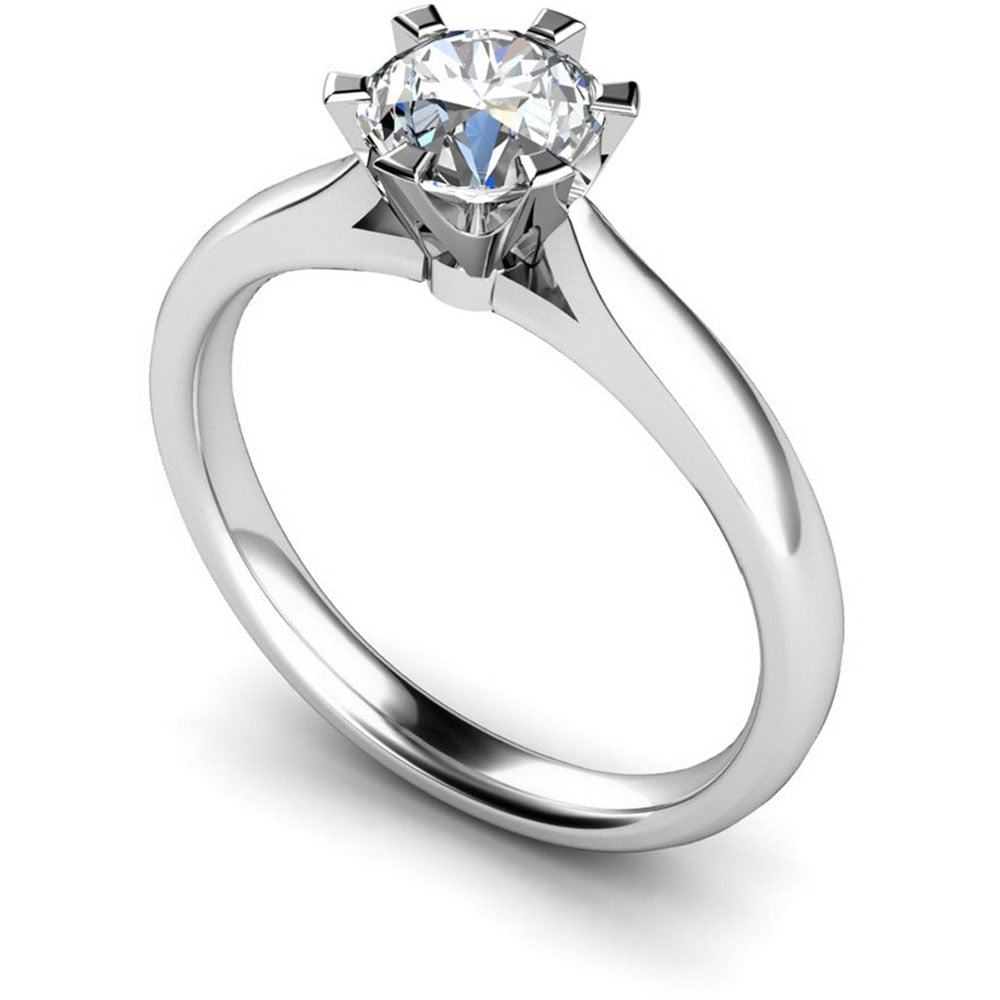
Engagement rings have long been treasured symbols of love and commitment, embodying the unique stories of the couples who wear them. In the context of German royalty, these rings have also been reflections of the exquisite craftsmanship and artistry that define the nation’s rich jewelry-making tradition. Behind each stunning piece lies the skill and passion of the jewelers who bring these intricate designs to life. The story of German royal engagement rings is as much about the gemstones and settings as it is about the talented artisans who create them.
The history of jewelry making in Germany is steeped in tradition, dating back centuries. Renowned for their attention to detail and innovative techniques, German jewelers have played a significant role in shaping the royal jewelry collections of various dynasties. The engagement rings worn by German royals often feature a blend of exquisite gemstones, intricate metalwork, and designs that reflect the personal tastes and values of both the wearer and the era.
One of the most notable periods for German jewelry design was during the Renaissance, when an increasing number of skilled artisans emerged. Jewelers began to experiment with new styles and techniques, creating pieces that were not only beautiful but also rich in symbolism. This period saw the rise of the diamond as a preferred gemstone for engagement rings, elevating the status of these pieces as symbols of wealth and power.
The jewelers behind these royal engagement rings were often commissioned by the nobility to create custom pieces that would symbolize their love and commitment. For example, when Prince Albert of Saxe-Coburg and Gotha proposed to Queen Victoria of the United Kingdom, he chose a unique engagement ring made of gold set with a cluster of diamonds. This choice reflected both his personal style and the artistic sensibilities of the time. The ring not only marked their engagement but also became a symbol of a cross-cultural union, connecting British and German royal families.
As we move into the 19th century, the influence of Romanticism began to shape the aesthetics of jewelry. Jewelers started to incorporate sentimental motifs into their designs, creating engagement rings that told personal stories. Floral patterns, hearts, and intertwining vines became popular elements, symbolizing love and unity. One prominent jeweler during this time was the firm of Rüschenbeck, known for their exceptional craftsmanship and attention to detail. Their engagement rings were not just pieces of jewelry; they were works of art that captured the emotions of the wearer.
The turn of the 20th century brought further innovation in the realm of German jewelry design. Art Nouveau and later Art Deco styles introduced more geometric shapes and stylized motifs, leading to a new wave of creativity among jewelers. Renowned jewelers such as Hans W. Schneider and Friedrich Adler gained recognition for their ability to merge traditional craftsmanship with modern aesthetics. Their engagement rings often featured intricate filigree work and unique gemstone combinations, ensuring that each piece was both timeless and contemporary.
World War I and II had a profound impact on the jewelry industry, as many jewelers faced challenges due to the economic climate and changing social norms. However, the passion for craftsmanship endured. Following the wars, jewelers sought to reclaim the art of fine jewelry making, producing pieces that reflected resilience and hope. Engagement rings from this era often featured simpler, more streamlined designs, but retained the elegance that had characterized previous generations.
Today, the legacy of German jewelers who crafted royal engagement rings continues to inspire modern artisans. Contemporary jewelers are increasingly returning to traditional techniques while incorporating innovative materials and designs. The craftsmanship that once adorned the fingers of German royalty now finds its way into the hands of couples seeking to create their own love stories. Custom engagement rings, often made with ethically sourced materials, allow for personalization that resonates with modern values.
In conclusion, the jewelers behind German royal engagement rings have played a vital role in shaping the romantic narratives associated with these exquisite pieces. From the Renaissance to the present day, their artistry has transcended time, creating jewelry that is rich in history and sentiment. As we admire these stunning engagement rings, we recognize not only the love they represent but also the skilled artisans who dedicated their craft to capturing the essence of romance. The legacy of these jewelers continues to thrive, reminding us that love is a timeless story, beautifully crafted in gold and gemstones.
